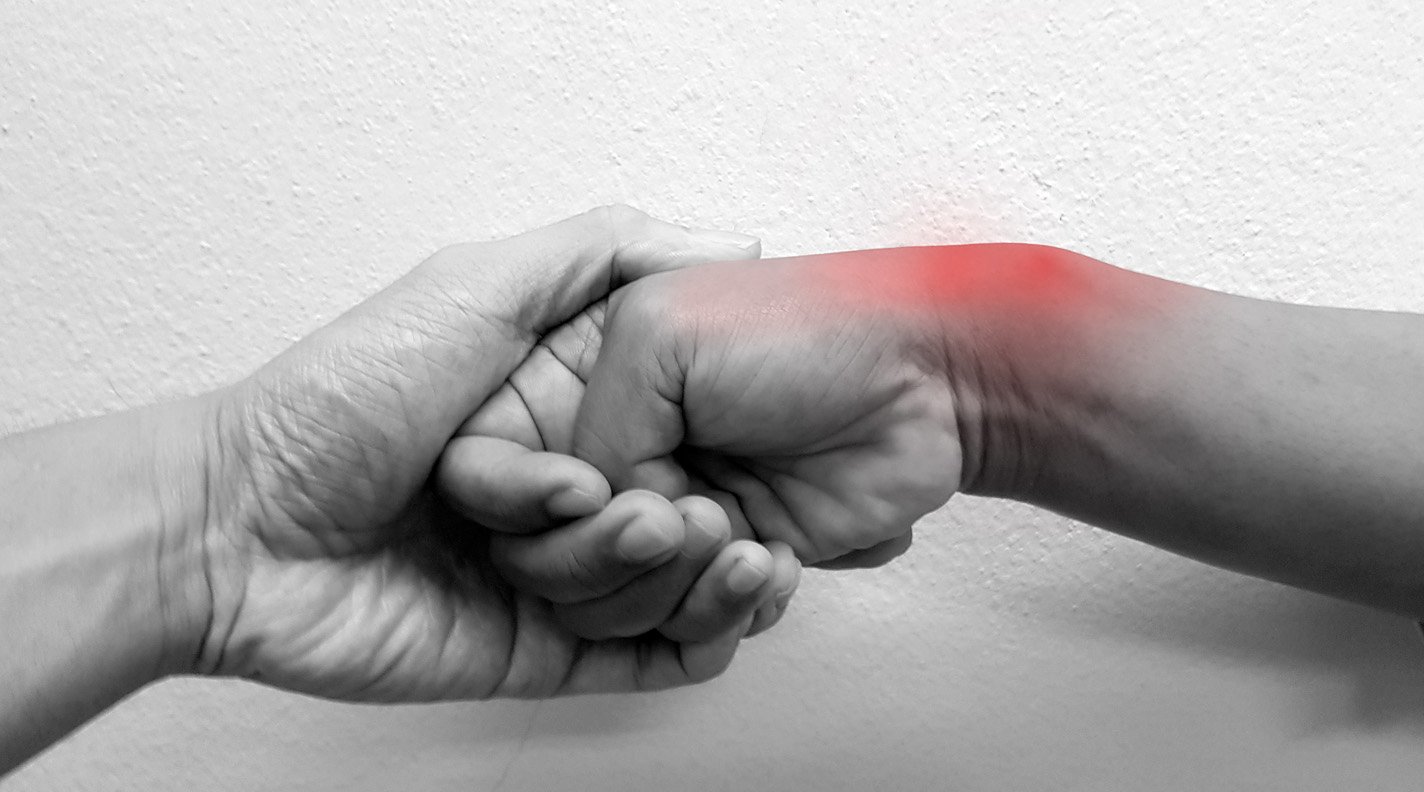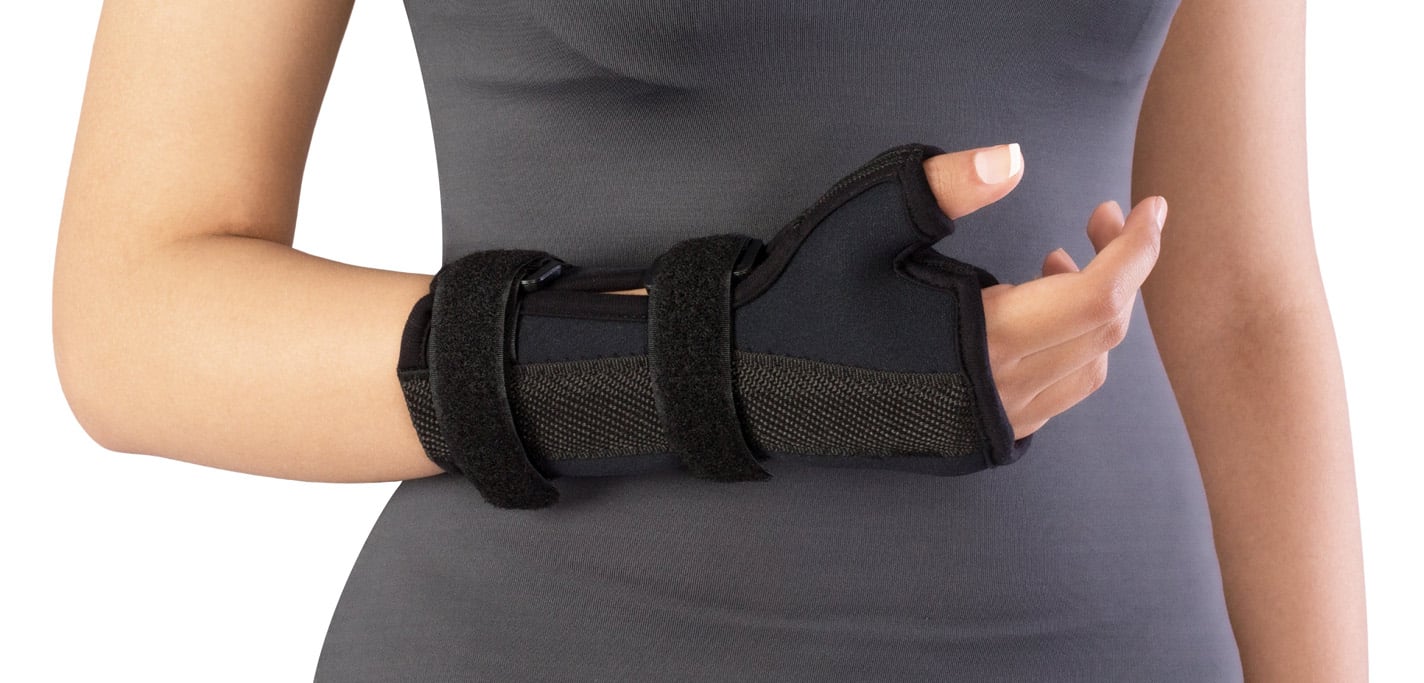Recognizing and Treating De Quervain's Tenosynovitis
The specialists at the Hand Institute of Charleston diagnose and treat a condition called De Quervain’s tenosynovitis in Mount Pleasant. We are proud to have board-certified, fellowship-trained orthopedic hand and wrist surgeons who are available to guide you down the path of recovery.

What is De Quervain's Tenosynovitis?
Tenosynovitis is an inflammation of the soft issues that surround tendons called synovium. De Quervain’s tenosynovitis is a condition where this inflammation occurs around the tendons on the thumb side of the wrist.
We very commonly see this in women with newborns or very young children. The reason for this is because position of the hand and wrist when lifting a baby puts extra stress on the tendons that cross the thumb side of the wrist, and over time some mothers will develop inflammation where those tendons travel through a tight wrist compartment. That said, this condition can occur in anyone and is not always related to lifting activities.
Causes of De Quervain's Tenosynovitis
- Swelling due to pregnancy, or repetitive lifting of newborns
- Overuse or repetitive activities of the thumb/wrist
- Work or sports injuries
- Inflammatory diseases (rheumatoid, gout)
- Direct injury to the wrist tendons
Signs and Symptoms
Symptoms of this condition can include:
- Pain with use of the thumb/hand/wrist, sometimes both wrists
- Pain worse when placing the thumb inside a closed fist and bending the wrist sideways in the direction away from the thumb (Finkelstein’s maneuver)
- Tenderness localizing to the boney “bump” on the thumb side of the wrist
- Clicking, popping, swelling over the thumb side of the wrist
Is There a Test for De Quervain's?
Most cases of De Quervain’s tenosynovitis can be diagnosed easily with a physical exam. Sometimes an X-ray or MRI will be ordered to rule out other potential sources of wrist or thumb pain.
Treatment
We typically start with non-operative wrist pain treatment options including:
 Activity modification recommendations
Activity modification recommendations- Splinting
- Anti-inflammatory medications
- Steroid injections
Operative Treatment:
In cases that are severe, long-standing, or have failed nonoperative treatment, a minor surgical procedure can often significantly improve symptoms. There are several options regarding the type of anesthesia and procedure, but the most common technique involves mild IV sedation, local numbing at the site of pain, then a small incision around the affected tendon to relieve pressure on the tendon and remove any inflamed tissue. Some people choose to have the procedure done with just local numbing and no sedation in the office.
Ready to confirm a diagnosis and fix the problem or just want to learn more?
Our board-certified orthopedic hand and wrist surgeons Eric Angermeier, MD and Kyle Kokko, MD, PhD, are here to help! They can often diagnose the problem in one visit, and get you started with a treatment plan. We offer a wide variety of both nonoperative and operative treatment options.
Call today for a clinic or telehealth appointment! 854-429-4263